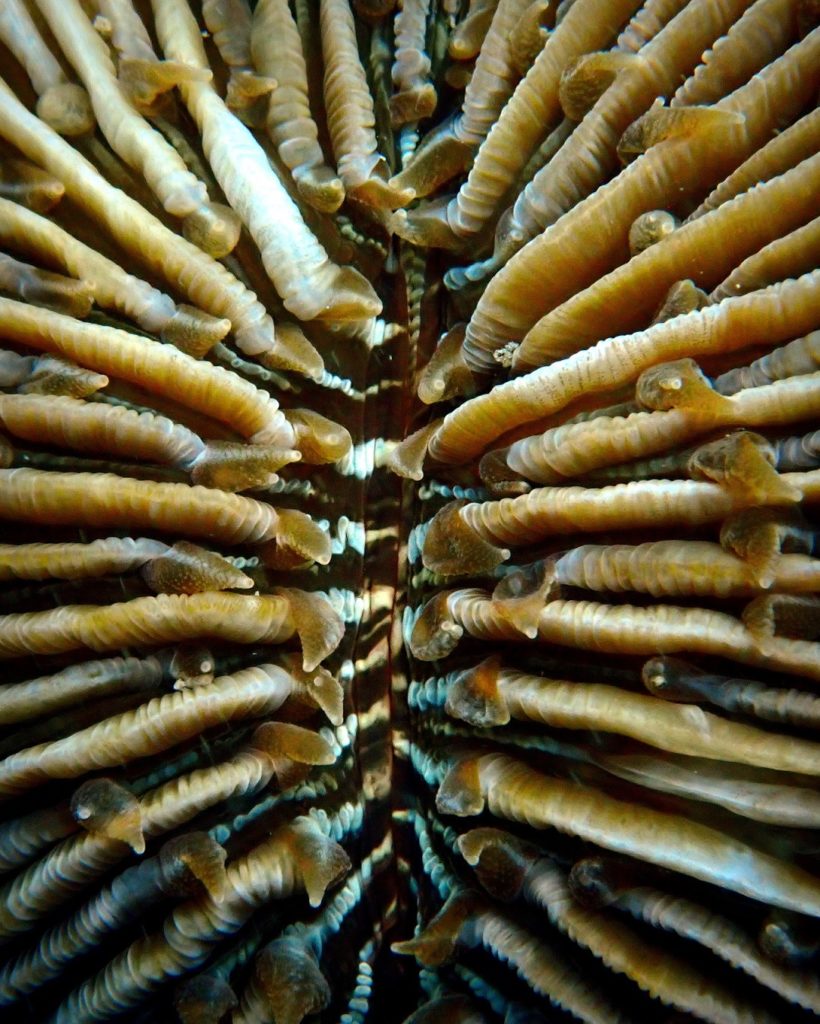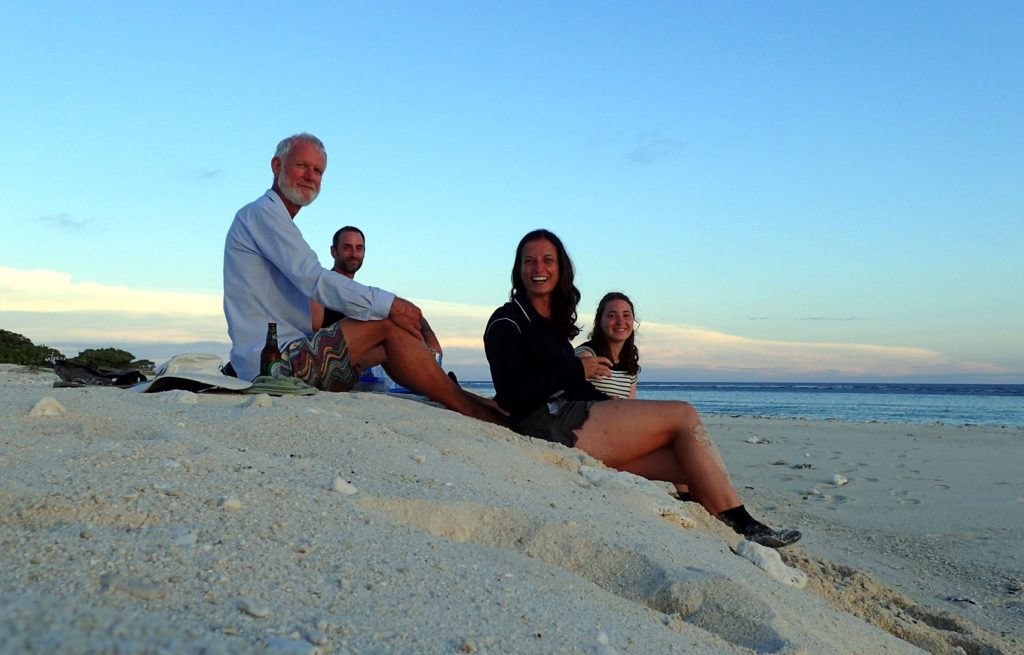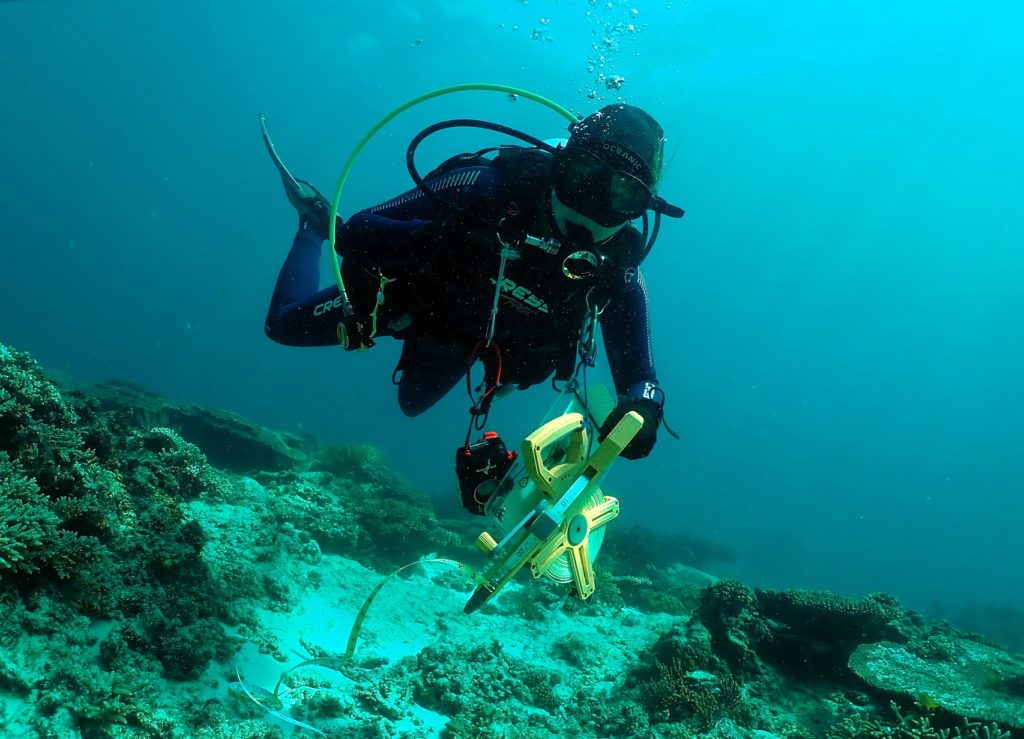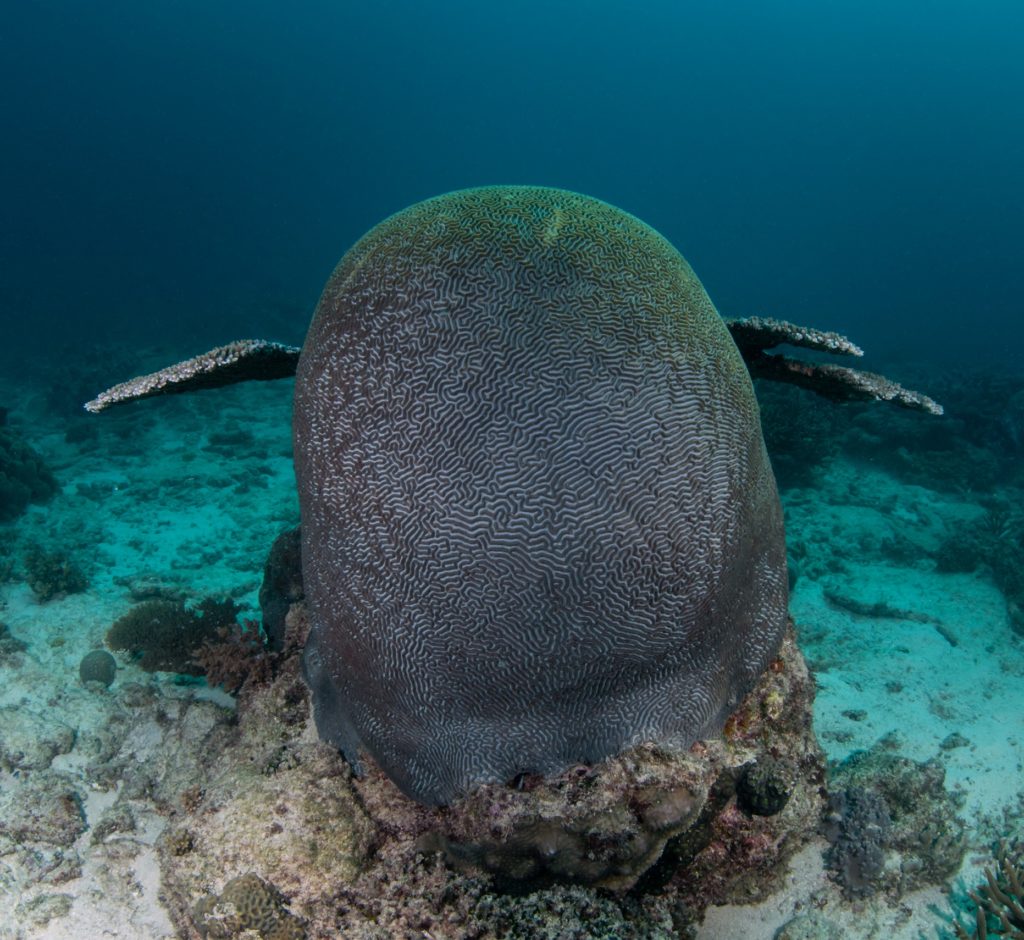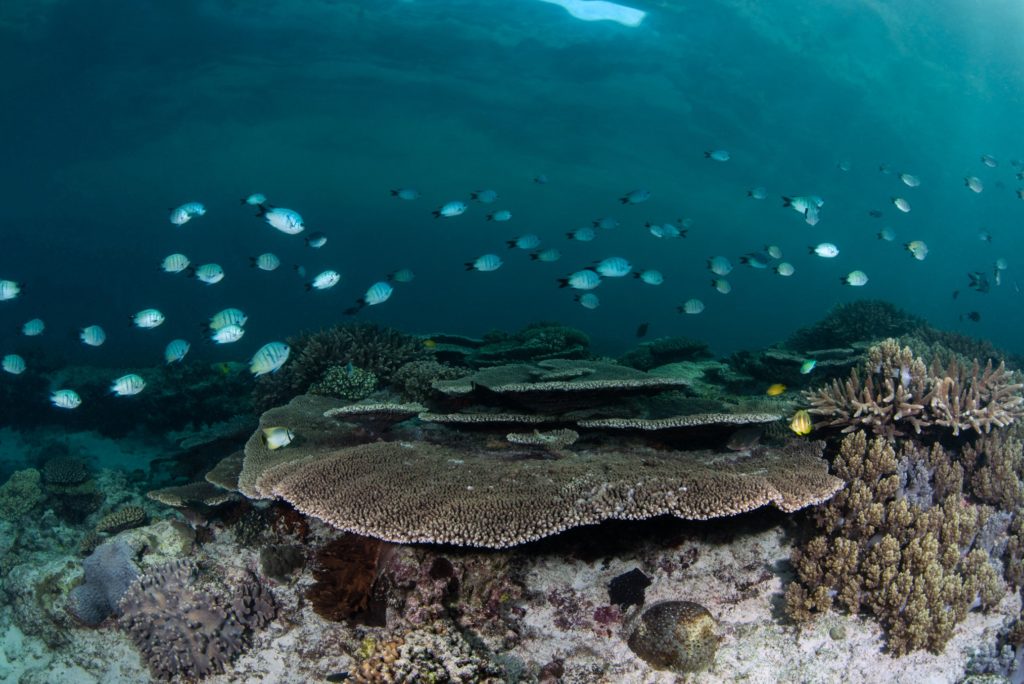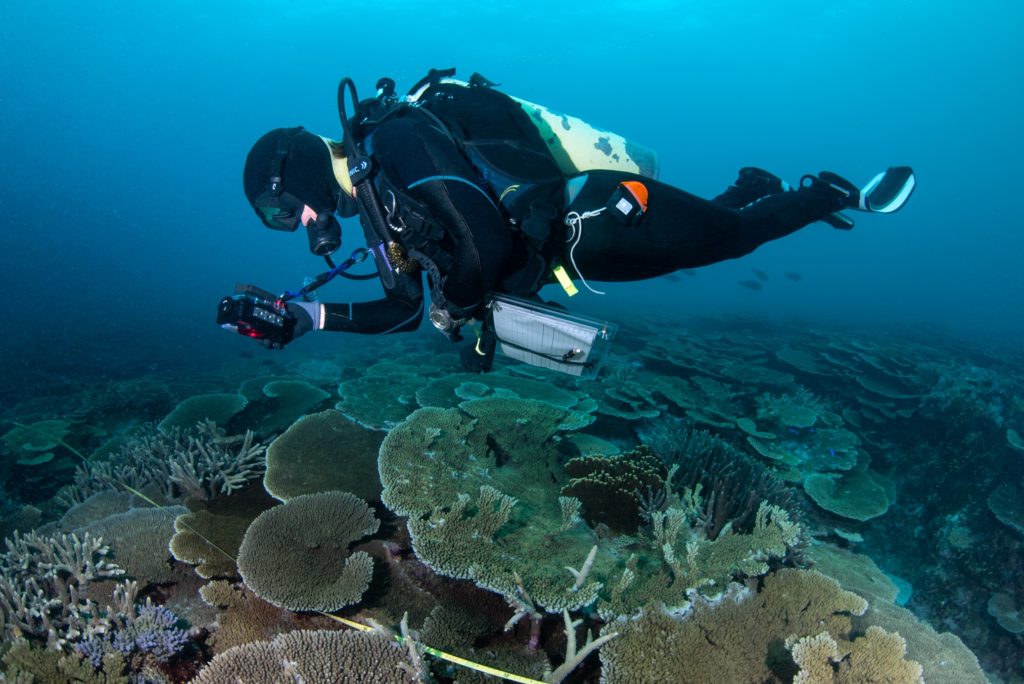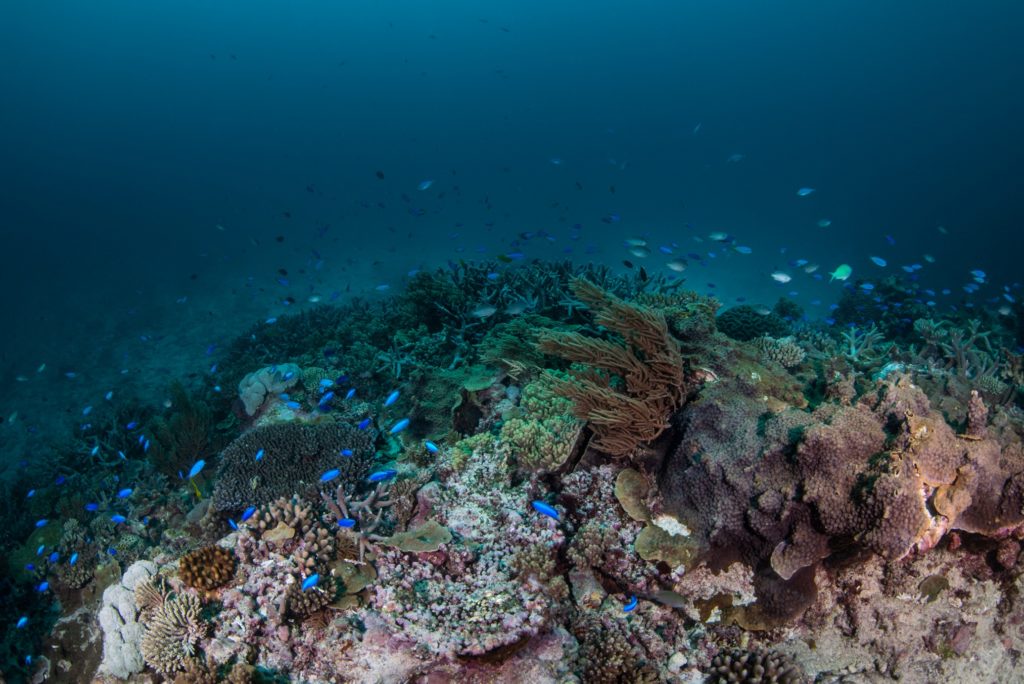Having been lucky enough to be part of the crew aboard Eviota in the past, I’ve become a bit of an adventure junkie and am always on the look-out for when I can get my next fix. At the end of a stressful year marred by the COVID-19 pandemic, nothing sounded better than to hop aboard to count some fish, away from it all. Admittedly it was a bit surreal to be on a plane (face mask and all) after the life of physical distancing, border closures and lockdowns everyone had to endure throughout 2020, and it was a relief when the whole crew (Rick, Ella and myself) managed to get to Townsville without any hiccups. Being welcomed by Dusty (our skipper) and his stress-free approach to all things made for a pleasant start to our trip away from the mainland!
Our original plan for this leg was to head out to the Coral Sea, and visit Marion and possibly Saumarez and Frederick Reefs, though as happens when sailing, the wind dictated a different plan - instead we decided to head south, remaining within the GBR. With a northerly wind prevailing, we aimed for the Keppel Islands via a few sites on the outer GBR, eventually having to accept that the blue waters of the Coral Sea were no longer on our agenda. As conditions were quite bumpy with occasional 30 kt squalls, a couple of us struggled to get our sea legs, so we anchored overnight on the reef to get some much-needed rest (after 2 nights of travelling and us all taking it in turns to do night watch). These GBR sites gave Ella and I the opportunity to get in the surveying groove, taking care of the tape-laying as well as M2s (mobile invertebrates and cryptic fish), whilst our ‘talking ID book’ onboard (aka Rick Stuart-Smith) completed the M1 surveys (all the fish!). Having finally collected our first lot of data, we set sail for the Keppels…. and what was to become a bit of a theme for the coming weeks, once we set our course, the wind turned against us, making for a slow and bumpy trip back closer to shore!

On day five we arrived at the Keppels, having travelled 3 of the 4 nights since leaving Townsville, and only completing 3 surveys on the way. It was now time to play catch-up! We were still sailing when dawn broke, and launched straight into a 3-dive day. From then on I helped out with the M1 surveys, and with Ella fast-becoming an M2 expert, we were all able to maintain a high workload of surveys (up to 5 sites per day), with mostly low-visibility dives. Some sites at the Keppels have been decimated (by causes not completely understood – it’s suspected that flooding a few years back caused significant coral mortality), though some sites are still stunning with vast staghorn gardens, and occasional Pocillopora and plate corals. I was lucky enough to be buzzed by mobula ray (Mobula tarapacana) at Barren Island, and green sea turtle (Chelonia mydas) sightings were aplenty. In the midst of the work, we visited ashore one evening for a beer and meal at the Great Keppel Island resort (though such extracurricular adventures always come at a cost of falling behind on data entry!).

After a big few days, it was time to move again, this time heading for the Capricorn-Bunker group. Another overnight voyage landed us at Tryon Island, where we completed surveys amongst the stunning coral gardens of Tryon, North, Broomfield, and Masthead Islands for the remaining few days of our trip. While conditions on the surface were stunning, we were met with some challenges underwater, with occasional strong currents and surge to add some complexity to our work. Amongst these challenges, we had quite diverse fish assemblages to record! I personally was blown away by the coral cover and diversity at some of the sites – there aren’t many places I’ve dived that have impressed me as much as some of these islands did. There is still some hope for our amazing reef! To finish off our trip, there wasn’t much rest to be had (as anyone who has joined these voyages is aware) – between finishing and validating data entry, scrubbing the hulls, and cleaning inside the boat in prep for the next leg, we had well and truly earned our end-of-trip beer upon our arrival at Gladstone.
Despite uncooperative winds, our team of three managed to complete 56 surveys across 28 sites, recording the abundance and size of 314 species on M1 and 162 species on M2.
Special thanks to our fantastic skipper, Dusty Shields, for always seeking out bottom-step anchorages, and thanks to the Ian Potter Foundation and the Minderoo Foundation for supporting this trip and the other Eviota-based legs of the RLS Lap of Aus.





